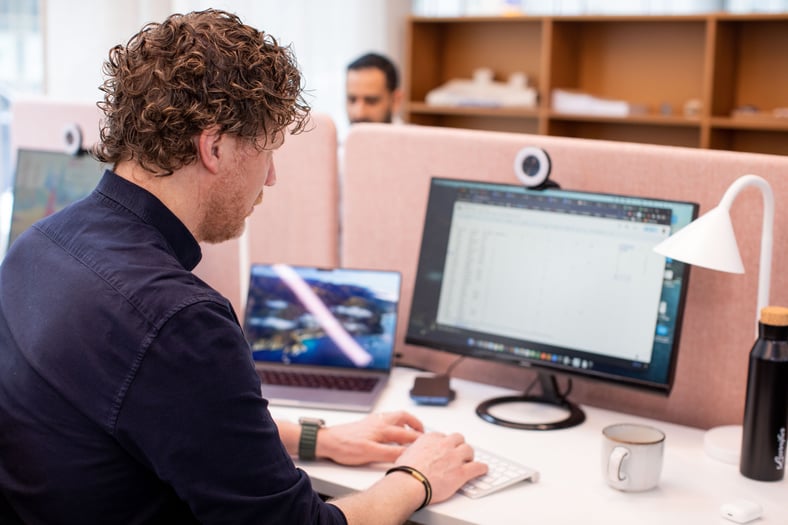In today’s fast-paced workplace, staying ahead means proactively embracing learning and development. Organizations must seamlessly integrate learning into daily operations, fostering a culture that encourages participation and accepts mistakes. Let’s explore the key aspects of this transformative journey towards successful internal development.
What is Learning and Development?
In HR, Learning and Development plays a crucial role in fostering employee growth and ensuring organizational success. L&D involves various methods like online courses, in-person training, and mentorships, aiming to equip employees with the skills necessary for their roles and contribute to the company’s overall progress. While HR oversees general operations, the focus of Learning and Development is specifically on enhancing professional growth and skills. Recognizing these distinctions is vital for your organization’s advancement. Many follow the 70:20:10 rule in Learning and Development, emphasizing the significance of learning from experiences (70%), relationships (20%), and formal training (10%) to create effective learning programs.

7 hands-on tips for effective Learning and Development
In today’s ever-changing work landscape, recognizing the vital importance of establishing efficient Learning and Development processes is essential. Here, we highlight the actions necessary to stay current and effective.
1. Transitioning to proactive skills development
Being reactive is no longer sufficient for skills development. Adopting a proactive approach enables your organization to predict and adapt to future needs, continuously identifying and developing skills and knowledge relevant in the long term.
2. Integrating blended learning into daily operations
To meet the needs of today’s workforce, you can use a mix of traditional teaching, digital tools, and hands-on practice for a well-rounded learning experience. Incorporating learning into daily tasks ensures ongoing skill development throughout the workday.
Further reading: Blended is splendid – why mixed learning is the way forward
3. Improving your skills development approach
Adopting an engaged and collaborative approach tailors skills development to individual needs. Crafting personalized training plans empowers your employees to steer their own development, fostering a more focused and effective learning experience.
4. Adjusting to dynamic workforces
With more people working remotely, it’s important to adjust how you develop skills. By combining different learning methods like virtual training and interactive online platforms, you can make sure everyone stays connected and engaged.
Further reading: Upskilling and Reskilling

5. Tailoring to specific needs
To nurture internal organizational development, adopt a consultative approach to Learning and Development. Tailoring solutions to address specific needs in your organization promotes growth for both individuals and the collective.
6. Connecting to the overall strategy
To succeed in Learning and Development, it’s crucial to fully grasp your organization’s main goals and vision. Your learning programs should fit smoothly into the overall strategy, making sure they contribute effectively to skill-building in a coordinated way.
Further reading: Transformative leadership by SEB
7. Building a learning culture
It’s important to understand the difference between projects and processes in skill development. Projects are short-term, while processes lead to lasting improvements. To enhance skills effectively, integrate learning into daily operations. Foster a learning culture that encourages participation and embraces mistakes, as they are opportunities for growth.
In conclusion, being proactive, embracing blended learning, and promoting continuous learning can help you and your organization succeed and stay ahead. Get ready for the future of HR!

Curious about how Learnifier can enhance your Learning and Development processes? Reach out to us!
.png?width=153&height=58&name=Learnifier%20TextLogo%20NearBlack%20-%20PNG%20MEDIUM%20-%20800px%20(2).png)






